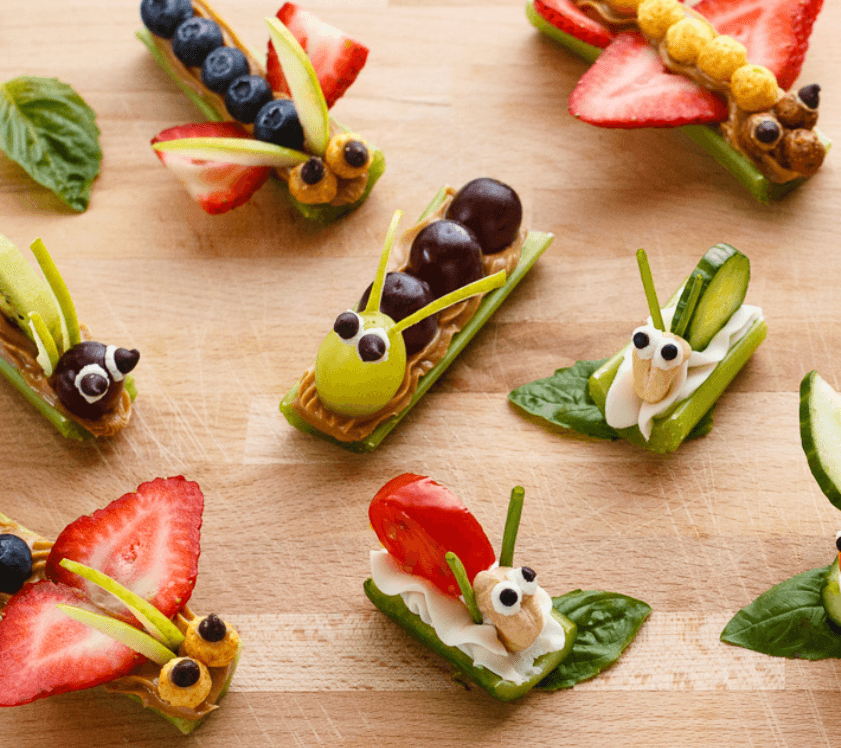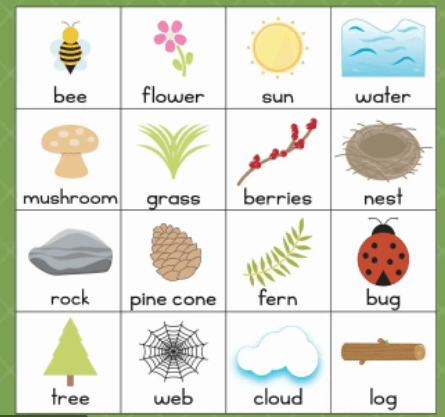One of the hardest parts about parenting is having tough conversations. Whether this means topics like sex and relationships or concerns about tobacco/vaping, drugs, and alcohol, especially as kids get older, there are a number of very tricky but essential conversations that need to happen. I would rather have these conversations, hands down, versus the very tough talks about weight in my own household. Most parents of children struggling with their weight would agree I think. However, many families (including my own) have and will continue to have discussions with their kids about health and wellness with some discussion about healthy weight.
In American households, about 33% of kids will carry extra weight. Often this is a familial factor, with parents, grandparents, and extended family members also having a history of higher weight and higher health issues. Within my own family, issues related to metabolism (diabetes) run on both sides, as does a tendency to carry more weight. The discussion of weight can be done well or can be done very poorly and potentially impact a child’s perception of themselves as they mature into adulthood. Research suggests that children who are considered to be overweight in adolescence run a much higher risk of carrying that weight and the related health hazards into adulthood.
Making this conversation go well means being aware of the parent obstacles you may be facing. We can’t pick our own metabolisms and the tendency to carry/store extra weight is often genetic. This means that we as parents may be burdened by our own personal baggage around weight, health, and body image, which can be a major obstacle to pulling off this conversation (or series of conversations) as productively as possible. the first step to helping your kids with weight and body image is to be OK with your own weight, health, and body image. That can be a major hurdle for some parents (me included). The messaging that would be ideal would be discussion of factors related more to health and quality of life, versus numbers, weight, sizes, and other things that there is simply not a “just right” standard for. We are all built differently and all have quite variable individual factors that will dictate or impact what our version of a healthy body is in reality. For my own kids (and myself), the major focus is on how to build a healthy body that provides you a means of doing the things you love, with good energy, and feeling comfortable in your own skin.
The way that I chose to start this conversation with my own children is surrounding energy levels. I use the analogy of an engine and that in the same way that an engine runs, your body needs fuel to keep it running well and when you need it to. When you run your engine too hard and fast and don’t fuel it along the way, it sends you signs and signals like headaches, fatigue, grumpiness, feeling lightheaded, and “crashing.” On the other side, you can also overfuel your engine at times. When your body is fueled too much or too often for your individual energy usage, it is like pumping gas into the tank until it is full and then continuing to add fuel. It runs down the side of the car and collects on the ground. For our bodies, the extra fuel is stored as extra weight that is ready for us when we increase our energy levels and need more power. However, if our engines are consistently getting too much fuel it makes the systems lower, slower, more sluggish, and less responsive. It is working twice as hard to do its work and this can make it hard on your lungs, heart, and muscles.
We have some common rules at our house surrounding fuel, energy, and a need for nourishment and rest. We need good sleep to build strong and healthy bodies. Some food simply offer better fuel than others, without leaving us feeling crummy. There are some food sources that are unlimited at our house. These include plain water, fruits, and vegetables. To help children value these excellent fuel sources, we as parents also have to model this by choosing these food sources for ourselves. For kids of all ages, some fun variations on a theme may go a long way to motivate, including having kids be an active part of the food preparation process. I included a picture and link (in the caption) to some too cute veggie and fruit snacks, followed by some links to healthy recipes that kids can make. If they pick the recipe and make the food, they are far more likely to eat and love it. You also capitalize on a chance to help them grow the adult skill of cooking, so a win-win!

Kid Cooking:
https://www.bbcgoodfood.com/recipes/collection/kids-cooking-recipes
Another essential component of these conversations is to focus on more movement. When people carry extra weight, the extra effort of moving can be fatiguing and lead to low energy levels. However, to keep your heart and lungs healthy and your body ready to grow, you have to move and to do so consistently. Your brain also requires consistent movement to create happy chemicals and to feel emotionally balanced. It is hard to create consistent movement if it feels hard and is forced and unengaging. Kids may be unmotivated to go on a long walk with you but may be very happy to share a nature walk with you. They may not want to go for a run but would be more than happy to kick your butt at a HORSE (basketball) challenge or to create and run time trials in an obstacle course in your backyard. I added a nature bingo board example below as food for thought. Consider how you can get your entire family out and moving more in fun ways. No need to make it feel like work to actually do more physical work. Biking, hiking, swimming, shooting hoops, swinging on the swings, playing ball, jumping on the trampoline, and playing with the family dog are all great options that most kids will join in on without reservations. Often time, just making these increased opportunities for movement a family thing can make all the difference. Kids are likely to move more when they are not alone.






